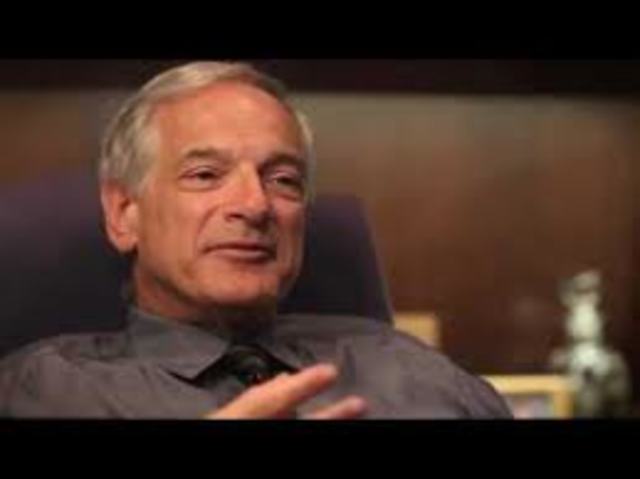The study of species circulation has long been a subject of captivation for experts and researchers. Understanding why specific species are located in specific places and not others has been a difficult problem to fix. One concept that has greatly provided to our understanding of species circulation is Robert MacArthur's Island Biogeography Theory.

Robert MacArthur, an American environmentalist, cultivated the Island Biogeography Concept in the 1960s along along with his co-worker Edward O. Wilson. This theory striven to describe how species splendor and range on islands are determined by aspects such as isle size, range from landmass, and immigration-extinction aspects.
According to MacArthur's theory, larger islands usually tend to have much more varied environments contrasted to smaller sized islands. This is because much larger islands provide more habitats and sources for different species to thrive. Much smaller islands, on the various other palm, have limited room and resources which restricts the number of species that can easily settle them.
In addition to island measurements, MacArthur likewise proposed that the span coming from landmass plays a important role in establishing species circulation on islands. The a greater distance an isle is from landmass, the reduced the rate of migration of brand-new species. This is because it becomes considerably difficult for brand-new individuals or populations to colonize far-off islands due to restrictions such as circulation capabilities or ecological barricades.
Find More Details On This Page that migration prices decrease over time as a lot more accessible niche markets are filled by resident species on an isle. As a end result, bigger and closer islands possess higher immigration costs than smaller and more far-off ones.
On the various other hand, extinction prices are influenced through aspects such as population dimension and habitat high quality. Smaller populations are even more susceptible to extinction due to hereditary design and increased weakness to ecological changes. Similarly, deteriorated habitats with limited sources help make it difficult for specific species to make it through in the lengthy term.
The balance between migration and extinction fees on an isle figures out its species splendor and variety. Islands with higher migration costs and lesser termination fees have a tendency to have much higher species grandeur contrasted to islands with lesser migration prices and much higher termination fees.
MacArthur's Island Biogeography Theory has possessed significant implications in the area of conservation the field of biology. Through understanding the aspects that influence species circulation on islands, experts may much better prepare and manage safeguarded areas or books. For instance, it is vital to think about the dimension of the area, connection along with various other habitats, and closeness to possible sources of pioneers when making conservation strategies.
Furthermore, MacArthur's concept has highlighted the relevance of keeping big intact habitats as they supply additional opportunities for various species to exist together. Fragmentation of habitations can easily lead to seclusion and minimized genetics circulation between populaces, improving the risk of nearby extinctions.
In verdict, Robert MacArthur's Island Biogeography Theory has been crucial in unraveling the keys of species circulation. Through thinking about aspects such as isle size, distance coming from landmass, immigration-extinction aspects, and hab